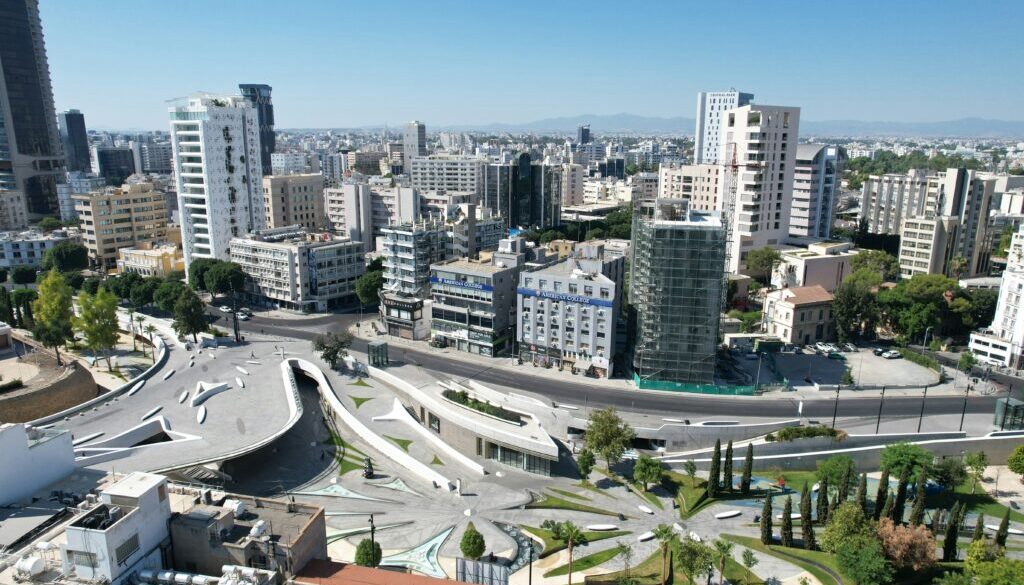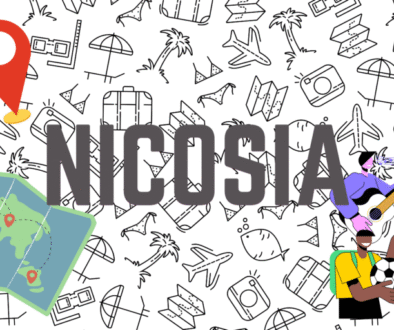Nicosia: The Divided Capital of Cyprus
The History of Nicosia
Nicosia, or Lefkosia, origins trace back to the Bronze Age as Ledra, a minor city-kingdom established by Achaean Greeks after the Trojan War. By the Roman era, Ledra became an administrative center under four regional divisions, flourishing as a hub for agriculture and local trade. Unlike coastal cities, its inland position spared it from frequent raids, aiding its gradual rise.
Europe’s Last Divided City
Three years after Cyprus gained independence from British rule in 1960, the Bloody Christmas conflict between Greek and Turkish Cypriots led to intercommunal violence throughout the entire island, and in 1964, Nicosia’s Greek and Turkish Cypriot communities separated into its north and south, respectively, making it the last divided capital in Europe.
After Greece’s successful effort to seize Cyprus ten years later, Turkey invaded the island. The leaders of the takeover would later resign, but the line that separated Nicosia (and the rest of the island, which was only momentarily disrupted by British military bases) was demilitarised and is still under Cyprus’s control, despite being heavily monitored by the UN. It is now known as the United Nations Buffer Zone in Cyprus, and it separates the internationally recognised Republic of Cyprus from Northern Cyprus, which is only recognised by Turkey. The Cyprus problem is the name given to the continuous conflict between the two groups.
Notable Historical Places in Nicosia
Venetian Walls
Selimiye Mosque
Büyük Han
Faneromeni Church
St. John’s Cathedral
House of Hadjigeorgakis Kornesios
An 18th-century Ottoman mansion turned ethnological museum, showcasing traditional Cypriot life through furniture, textiles, and artifacts.
Liberty Monument
Pancyprian Gymnasium
Ledras Street and the Green Line
Photo by: Athina Vrikki




